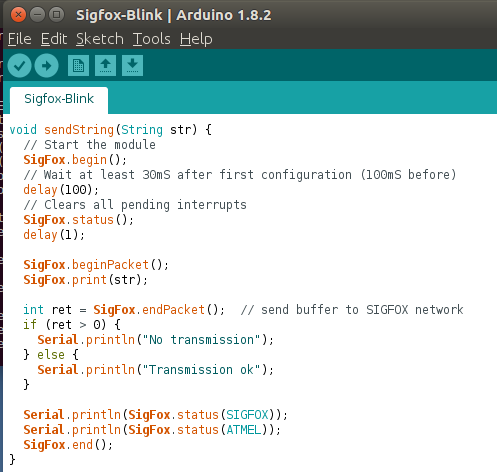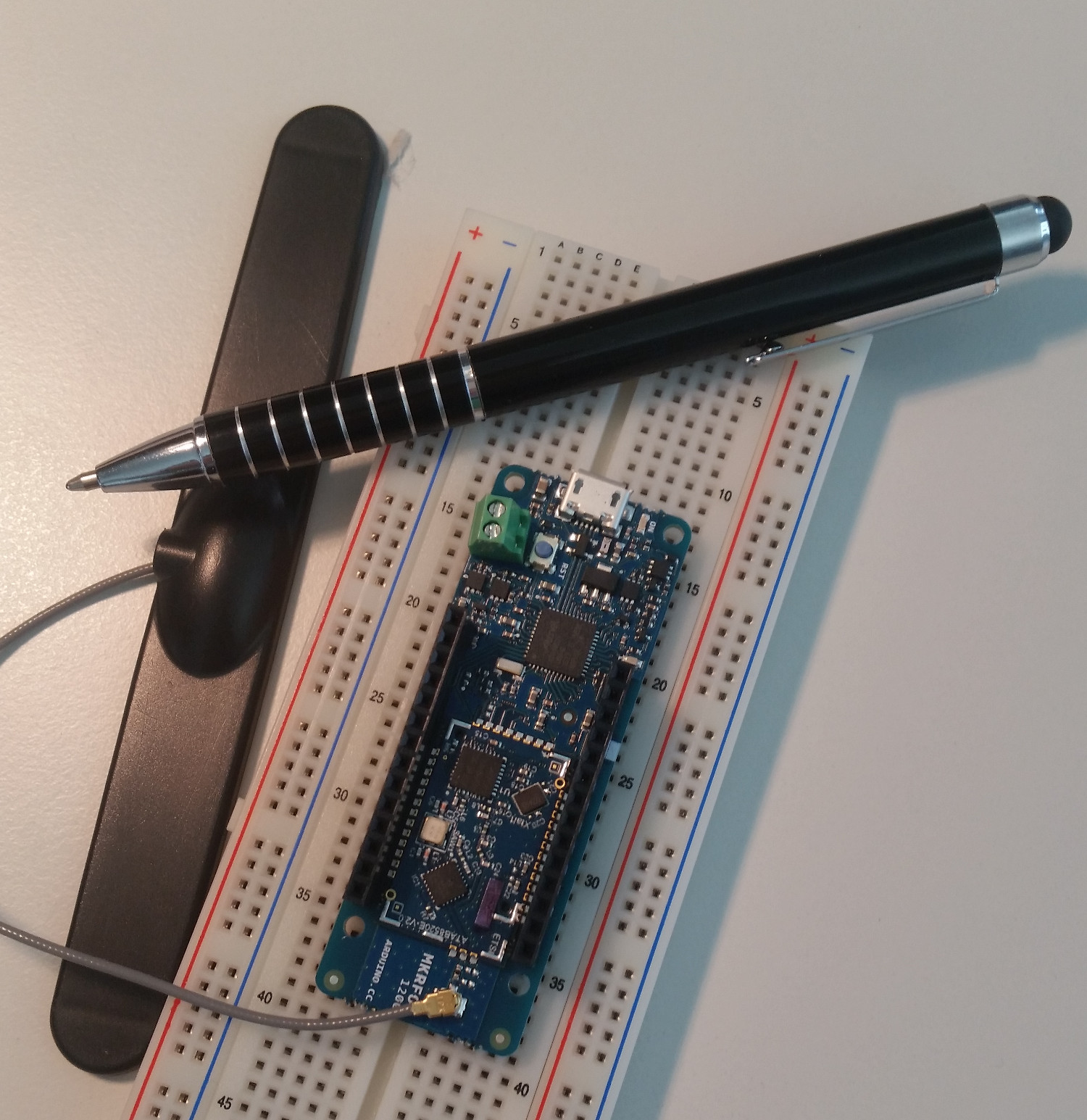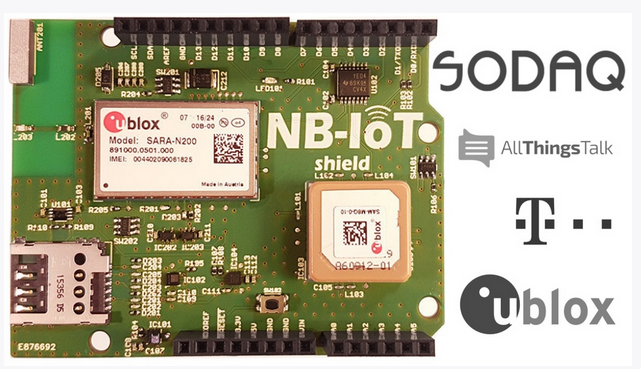 Today I have a documentary recommendation about personal computing in the 1980s that requires a bit of an intro to set it into perspective:
Today I have a documentary recommendation about personal computing in the 1980s that requires a bit of an intro to set it into perspective:
In the first half of the 1980s the world of personal computers was separated into home and office computing. In both camps, many companies competed for market share. On the home computer front Commodore, Atari and Apple where among the most successful companies with their C64, Atari 800 and the Apple II computers. Office computing on the other hand was dominated by the IBM PC launched in 1981, PC compatible computers of clone manufacturers and also the Apple II. Often, this multitude is reduced to a power struggle between Apple, IBM and Microsoft but this is only part of the story.
Continue reading From Bedrooms To Billions – The Amgia Years



